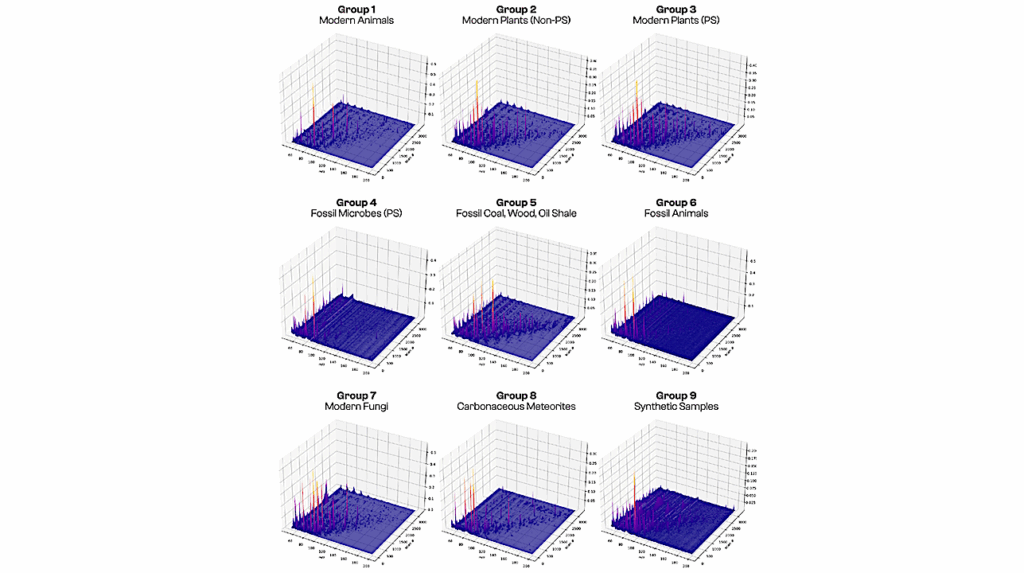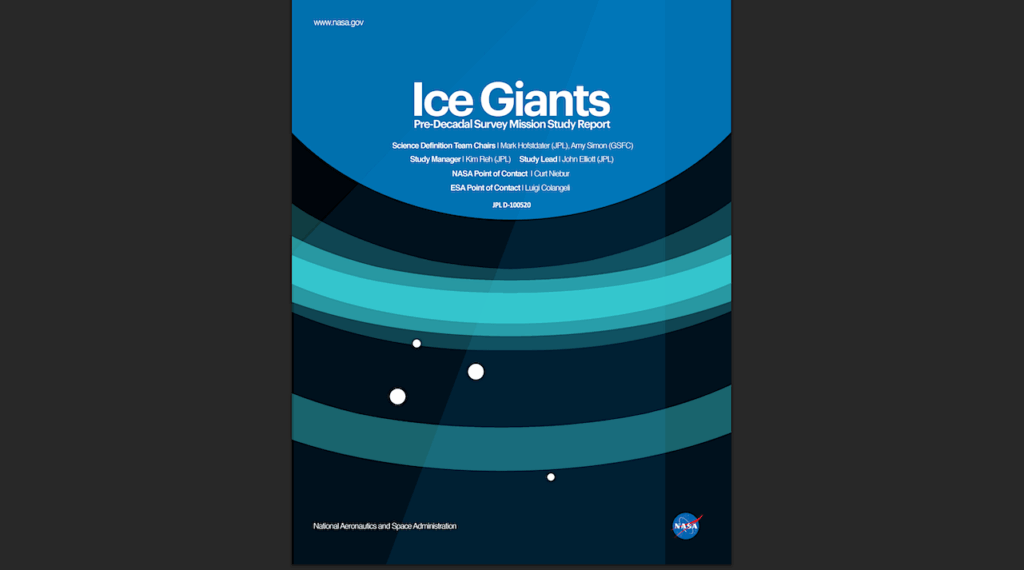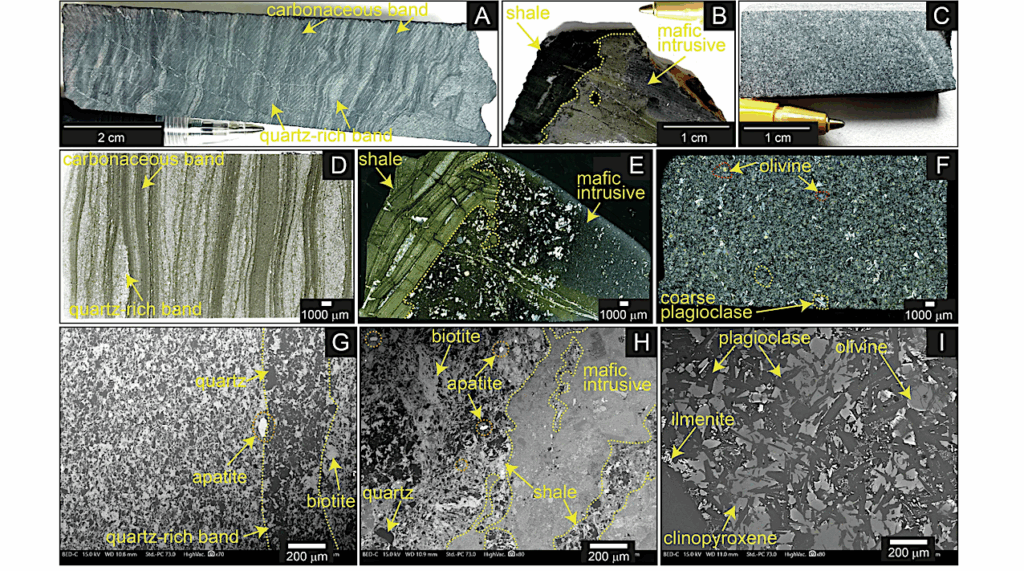New Telescope Images Of Volcano World Io

New images of Jupiter’s volcano-studded moon Io, taken by the Large Binocular Telescope on Mount Graham in Arizona, offer the highest resolution of Io ever achieved with an Earth-based instrument. The observations were made possible by a new high-contrast optical imaging instrument, dubbed SHARK-VIS, and the telescope’s adaptive optics system, which compensates for the blurring induced by atmospheric turbulence.
The images, to be published in the journal Geophysical Research Letters, reveal surface features as small as 50 miles across, a spatial resolution that until now had been achievable only with spacecraft sent to Jupiter. This is equivalent to taking a picture of a dime-sized object from 100 miles away, according to the research team. SHARK-VIS allowed the researchers to identify a major resurfacing event around Pele, one of Io’s most prominent volcanoes. According to the paper’s first author, Al Conrad, the eruptions on Io, the most volcanically active body in the solar system, dwarf their contemporaries on Earth.
“Io, therefore, presents a unique opportunity to learn about the mighty eruptions that helped shape the surfaces of the Earth and the moon in their distant pasts,” said Conrad, associate staff scientist at the Large Binocular Telescope Observatory. The Large Binocular Telescope, or LBT, is part of Mount Graham International Observatory, a division of the University of Arizona Steward Observatory.
Conrad added that studies like this one will help researchers understand why some worlds in the solar system are volcanic but not others. They also may someday shed light on volcanic worlds in exoplanet systems around nearby stars.
Slightly larger than Earth’s moon, Io is the innermost of Jupiter’s Galilean moons, which in addition to Io include Europa, Ganymede and Callisto. Locked in a gravitational “tug of war” among Jupiter, Europa and Ganymede, Io is constantly being squeezed, leading to frictional heat buildup in its interior – believed to be the cause for its sustained and widespread volcanic activity.
Jupiter moon Io, imaged by SHARK-VIS on Jan. 10, 2024. This is the highest resolution image of Io ever obtained by an Earth-based telescope. The image combines three spectral bands — infrared, red and yellow — to highlight the reddish ring around the volcano Pele (below and to the right of the moon’s center) and the white ring around Pillan Patera, to the right of Pele.
By monitoring the eruptions on Io’s surface, scientists hope to gain insights into the heat-driven movement of material underneath the moon’s surface, its internal structure and ultimately, on the tidal heating mechanism responsible for Io’s intense volcanism.
Io’s volcanic activity was first discovered in 1979, when Linda Morabito, an engineer on NASA’s Voyager mission, spotted an eruption plume in one of the images taken by the spacecraft during its famous “Grand Tour” of the outer planets. Since then, countless observations have been made that document Io’s restless nature, from both space and Earth-based telescopes.
Study co-author Ashley Davies, a principal scientist at NASA’s Jet Propulsion Laboratory, said the new image taken by SHARK-VIS is so rich in detail that it has allowed the team to identify a major resurfacing event in which the plume deposit around a prominent volcano known as Pele, located in Io’s southern hemisphere close to the equator, is being covered by eruption deposits from Pillan Patera, a neighboring volcano. A similar eruption sequence was observed by NASA’s Galileo spacecraft, which explored the Jupiter system between 1995 and 2003.
“We interpret the changes as dark lava deposits and white sulfur dioxide deposits originating from an eruption at Pillan Patera, which partially cover Pele’s red, sulfur-rich plume deposit,” Davies said. “Before SHARK-VIS, such resurfacing events were impossible to observe from Earth.”
While telescope images in the infrared can detect hot spots caused by ongoing volcanic eruptions, they are not sharp enough to reveal surface details and unambiguously identify the locations of the eruptions, explained co-author Imke de Pater, professor emerita of astronomy at the University of California – Berkeley.

The UArizona-managed Large Binocular Telescope on Mount Graham is the only one of its kind, with two 27-foot mirrors mounted side by side. A powerful adaptive optics system compensates for blurring introduced by atmospheric turbulence, making it one of the most powerful Earth-based observatories in the world. CREDIT NASA
“Sharper images at visible wavelengths like those provided by SHARK-VIS and LBT are essential to identify both locations of eruptions and surface changes not detectable in the infrared, such as new plume deposits,” de Pater said, adding that visible light observations provide researchers with vital context for the interpretation of infrared observations, including those from spacecraft such as Juno, which is currently orbiting Jupiter.
SHARK-VIS was built by the Italian National Institute for Astrophysics at the Rome Astronomical Observatory and is managed by a team led by principal investigator Fernando Pedichini, assisted by project manager Roberto Piazzesi. In 2023, it was installed, together with its complementary near-infrared instrument SHARK-NIR, at the LBT to fully take advantage of the telescope’s outstanding adaptive optics system. The instrument houses a fast, ultra-low-noise camera that allows it to observe the sky in “fast imaging” mode, capturing slow-motion footage that freezes the optical distortions caused by atmospheric turbulence, and to post-process data to an unprecedented sharpness.
Gianluca Li Causi, data processing manager for SHARK-VIS at the Italian National Institute for Astrophysics, explained how it works: “We process our data on the computer to remove any trace of the sensor’s electronic footprint. We then select the best frames and combine them using a highly efficient software package called Kraken, developed by our colleagues Douglas Hope and Stuart Jefferies from Georgia State University. Kraken allows us to remove atmospheric effects, revealing Io in incredible sharpness.”
SHARK-VIS instrument scientist Simone Antoniucci said he anticipates new observations to be made of objects throughout the solar system.
“The keen vision of SHARK-VIS is particularly suited to observing the surfaces of many solar system bodies, not only the moons of giant planets but also asteroids,” he said. “We have already observed some of those, with the data currently being analyzed, and are planning to observe more.”
Observation of Io’s Resurfacing via Plume Deposition Using Ground-based Adaptive Optics at Visible Wavelengths with LBT SHARK-VIS, Geophysical Research Letters
LBT SHARK-VIS Observes a Major Resurfacing Event on Io
Al Conrad (1), Fernando Pedichini (2,3), Gianluca Li Causi (2,3), Simone Antoniucci (2,3), Imke de Pater (4), Ashley Gerard Davies (5), Katherine de Kleer (6), Roberto Piazzesi (2,3), Vincenzo Testa (2,3), Piero Vaccari (2,3), Martina Vicinanza (2), Jennifer Power (1), Steve Ertel (7,1), Joseph C. Shields (1), Sam Ragland (1), Fabrizio Giorgi (2,3), Stuart M. Jefferies (8), Douglas Hope (9), Jason Perry (10), David A. Williams (11), David M. Nelson (11) ((1) Large Binocular Telescope Observatory, The University of Arizona, Tucson, AZ, USA, (2) INAF Osservatorio Astronomico di Roma, Monte Porzio Catone, Italy, (3) INAF-ADONI, Adaptive Optics National Laboratory, Italy, (4) University of California – Berkeley, Berkeley, California, USA, (5) Jet Propulsion Laboratory-California Institute of Technology, Pasadena, CA USA, (6) California Institute of Technology, Pasadena, CA USA, (7) Department of Astronomy and Steward Observatory, The University of Arizona, Tucson, AZ, USA, (8) Department of Physics and Astronomy, Georgia State University, Atlanta GA, USA, (9) Georgia Tech Research Institute, Atlanta GA USA, (10) University of Arizona, Tucson, AZ USA, (11) Arizona State University, Tempe, AZ USA)
Since volcanic activity was first discovered on Io from Voyager images in 1979, changes on Io’s surface have been monitored from both spacecraft and ground-based telescopes. Here, we present the highest spatial resolution images of Io ever obtained from a ground-based telescope. These images, acquired by the SHARK-VIS instrument on the Large Binocular Telescope, show evidence of a major resurfacing event on Io’s trailing hemisphere. When compared to the most recent spacecraft images, the SHARK-VIS images show that a plume deposit from a powerful eruption at Pillan Patera has covered part of the long-lived Pele plume deposit. Although this type of resurfacing event may be common on Io, few have been detected due to the rarity of spacecraft visits and the previously low spatial resolution available from Earth-based telescopes. The SHARK-VIS instrument ushers in a new era of high resolution imaging of Io’s surface using adaptive optics at visible wavelengths.

The SHARK-VIS detection image on Nov. 23, 2023 (upper left), on Jan. 10, 2024 (upper right), and the reprojection of the Voyager and Galileo spacecraft-derived Io photomosaic for Jan. 10, 2024 (center) (Becker & Geissler, 2005). Labels to Pele, Pillan Patera and Loki Patera are shown on the upper left image. The bottom row shows the Kraken-deconvolved image from Jan. 10, 2024 on the left; the bottom right map shows this image reprojected onto equirectangular (approximate) longitude-latitude coordinates. All images have been rotated so Io North is up. No detectable change to the Pillan plume deposit has occurred during the 50 days separating the two observations.– astro-ph.EP

Keck and Gemini images of Io in Lp band (3.8 µm) of Pele/Pillan, which show no emission at Pillan Patera or the immediate surrounding area. Images from 15 December 2021 and from June 2022 are taken with the Gemini telescope. All other images are taken with the Keck telescope. Images from 2 Dec. 2022, 13 and 18 June 2023 are from the Keck Twilight Zone website https://www2.keck.hawaii.edu/inst/tda/TwilightZone.html. All images have Io North up, and Pele has been indicated. — astro-ph.EP
Comments: 15 pages, 4 figures
Subjects: Earth and Planetary Astrophysics (astro-ph.EP)
Cite as: arXiv:2405.19604 [astro-ph.EP] (or arXiv:2405.19604v1 [astro-ph.EP] for this version)
https://doi.org/10.48550/arXiv.2405.19604
Focus to learn more
Submission history
From: Albert Conrad
[v1] Thu, 30 May 2024 01:42:36 UTC (17,436 KB)
https://arxiv.org/abs/2405.19604
Astrobiology








